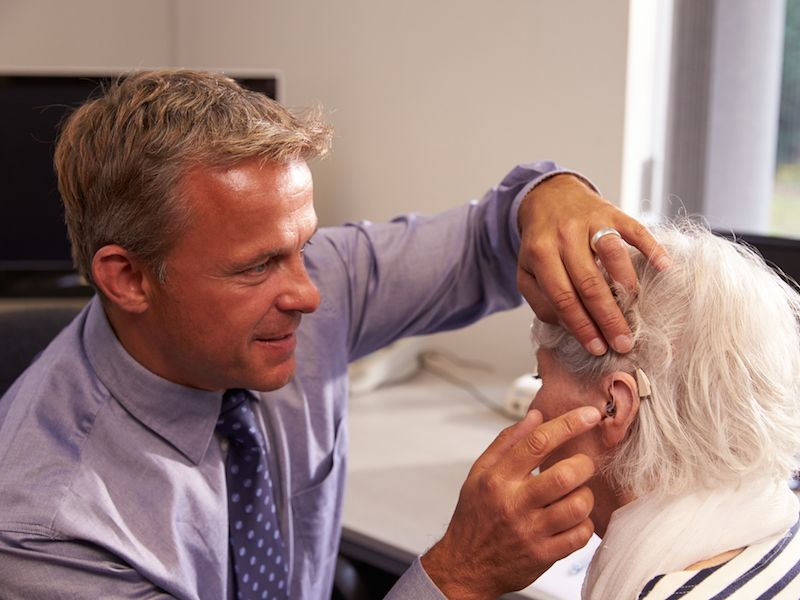
The numbers don’t lie: at some time in your life, you’re most likely going to require a hearing aid. A study from NIDCD estimates that about a quarter of all individuals between the ages of 60 and 75 have some kind of hearing loss, and that figure goes up to 50% for those 75 and older. The best means to fight age-related hearing loss is to use a hearing aid, but how do you know which style is the right one for you? Advances in technology in recent times have corrected some of the problems traditionally connected to hearing aids, including an excessive amount of background noise and vulnerability to water damage. But to ensure that your choice of hearing aid is correct for you, there are still things you need to think about.
Directionality is a Crucial Feature
Directionality is one essential feature you should look for, which has the ability to keep background noise to a minimum while focusing on sound you want to hear including conversations. One, if not both, of two types of directionality systems are working inside most hearing aids, they either focus on sound directly in front of you, or they focus on sound coming from different speakers and sometimes do both.
Will Your Hearing Aid Interact With Your Phone?
It’s become apparent, we’re addicted to our cellphone as a country. Even if you don’t have a smartphone, it’s likely you have a flip phone. And on the unlikely event that you don’t own any kind of cell phone, you likely still have a land-line. So, when you’re testing different hearing aids, you should test how they work with your phone. How does it sound? Are you capable of discerning voices precisely? Is it Comfortable? Is it Bluetooth Ready? When shopping for new hearing aids, you should consider all of these.
Are You Inclined to Use it?
As noted above, hearing aid technology has advanced tremendously over the last few years. One of those advances has been the size and shape of hearing aids, which have moved towards the smaller and more comfortable direction. However, there will always be some trade-offs. It depends on what your particular needs are. A smaller hearing aid isn’t as obvious and might fit better but a larger one may be more powerful. You can get a hearing aid that fits right in your ear canal and is basically invisible, but it won’t have many of the functions available in larger hearing aids and will be prone to earwax clogs. On the other side of it, a behind the ear hearing aid is larger and may be more obvious, but often come with more directionality features and have more choices for sound amplification.
Exposure to Particular Background Noises
Wind interference has been an extreme issue for hearing aid users since they were developed. It would have driven anybody nuts to go out on a windy day and hear nothing but wind. you live in a windy place or if you’re an outdoor kind of person so you’ll want to suppress wind noises with your hearing aid decision so that conversations won’t have that annoying wind howl. Looking for more information about how to select the correct hearing aid? Get in touch with us.
